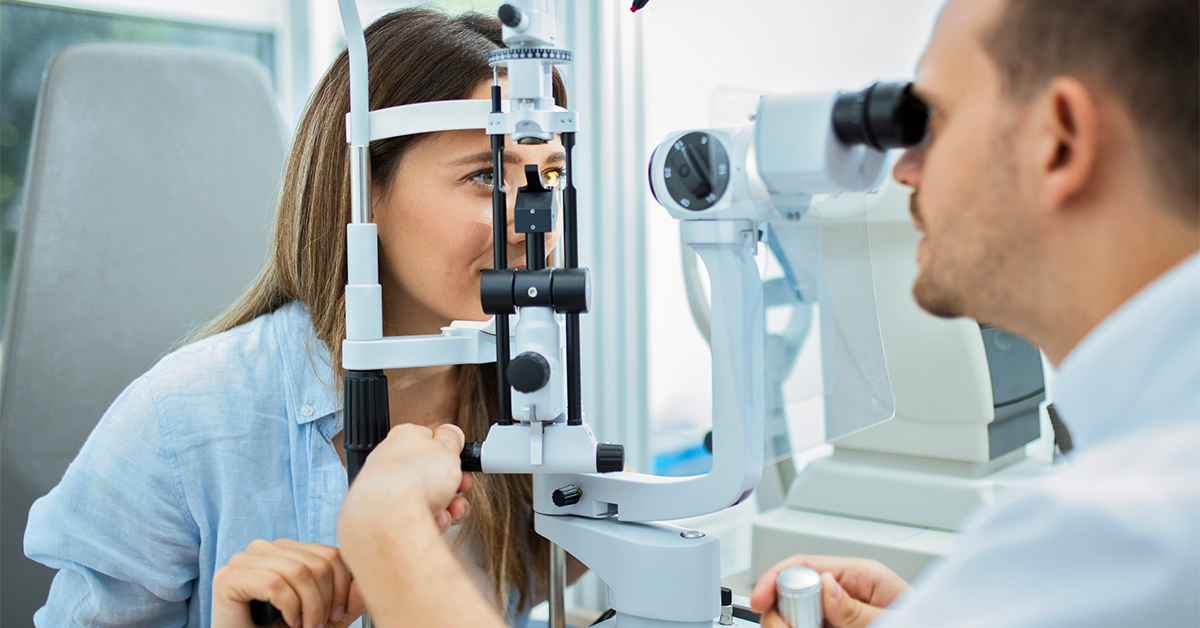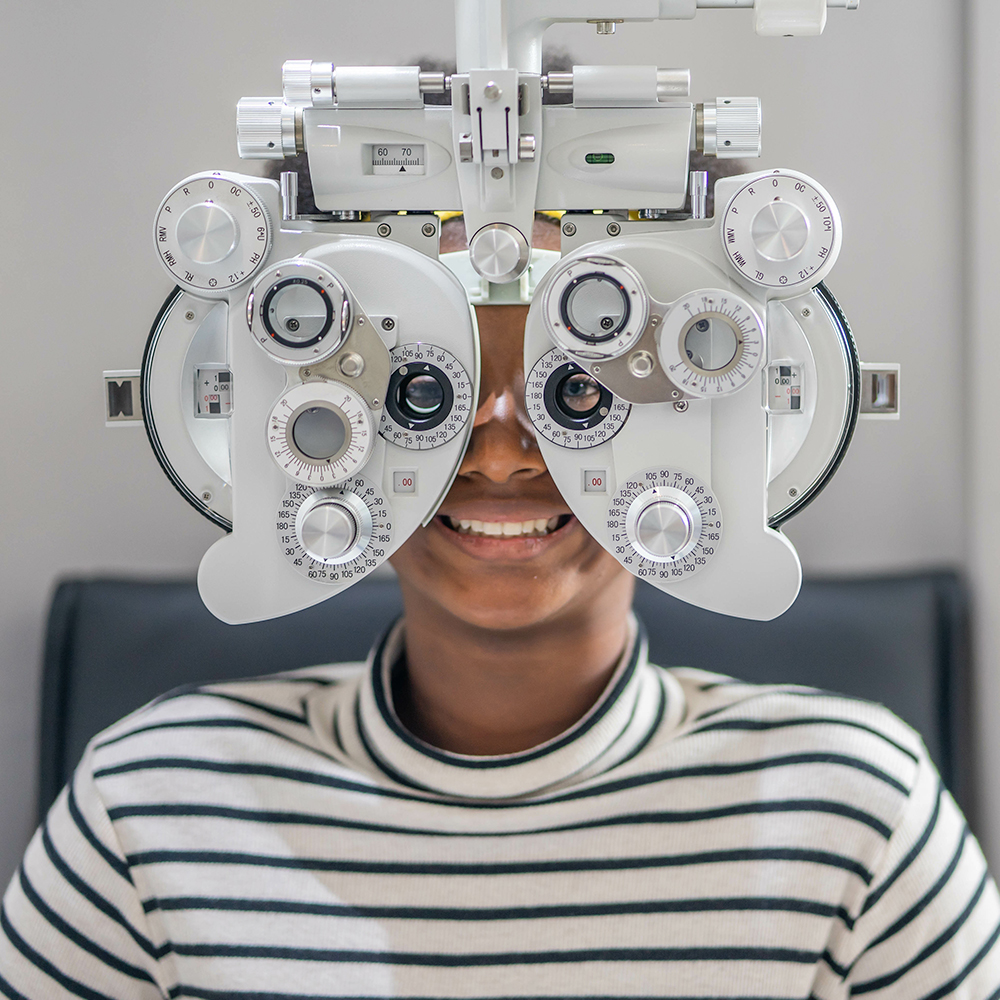Locate a Trusted Optometrist Chino for Household Eye Treatment Solutions
Locate a Trusted Optometrist Chino for Household Eye Treatment Solutions
Blog Article
Exploring the Most Current Technological Advancements in Optometry and What They Mean for Eye Doctors
From the precision of Optical Coherence Tomography to the nuanced insights used by AI-driven analysis devices, these innovations are setting new criteria in person analysis and therapy. As these developments penetrate the technique, eye doctors are encountered with the difficulty of embracing these tools to improve patient outcomes.
Advancements in Diagnostic Devices
Advancing the area of optometry, developments in analysis tools have actually reinvented the way eye treatment specialists examine and diagnose eye problems and visual impairments. The past decade has actually witnessed significant technical developments, allowing more exact and extensive examinations.
One more trick development is the introduction of advanced corneal topography systems, which map the surface area curvature of the cornea with accuracy. These tools are particularly beneficial for fitting call lenses and identifying corneal disorders. Digital retinal imaging has changed standard ophthalmoscopy, providing thorough, breathtaking views of the retina that facilitate complete visual assessments.
The growth of wavefront aberrometry has actually also been crucial, allowing the evaluation of refractive mistakes with unequaled precision (Eye Doctor Optometrist). This modern technology assists in tailoring rehabilitative lenses and boosting medical results for refractive surgical treatments. Jointly, these analysis advancements equip optometrists to deliver superior person treatment, ensuring early intervention and customized treatment strategies, inevitably boosting aesthetic wellness end results
AI in Individual Monitoring
Building on the structure of innovative analysis tools, the incorporation of expert system (AI) in individual administration stands for a transformative jump for optometry. AI systems are significantly utilized to boost effectiveness, precision, and customization in individual care. By evaluating large amounts of information, AI can recognize patterns and forecast potential eye problems, enabling optometrists to customize treatments more efficiently. This ability is vital in handling chronic eye illness such as glaucoma and diabetic retinopathy, where early discovery and continual monitoring are essential.
Moreover, AI-driven platforms promote streamlined individual communications and administrative procedures. Automated scheduling, virtual appointments, and personalized follow-up plans not just improve client satisfaction however additionally optimize time administration for practitioners. These systems can triage individuals based upon the urgency of their conditions, making sure that those in essential requirement get prompt focus.
Moreover, AI boosts decision-making by giving optometrists with evidence-based suggestions and therapy paths. By integrating information from electronic health and wellness records, AI devices use understandings that notify medical decisions, reducing the danger of errors and improving client results. As AI proceeds to develop, its duty in patient management will likely broaden, improving the landscape of optometric treatment.
Advances in Retinal Imaging
In the world of optometry, retinal imaging has witnessed remarkable technical advancements that are boosting diagnostic capabilities and client treatment. Developments such as Optical Comprehensibility Tomography (OCT) and fundus digital photography have actually transformed just how optometrists visualize and evaluate the retina. OCT, particularly, gives high-resolution, cross-sectional pictures of the retina, enabling the in-depth evaluation of its layers. This capacity is important for very early detection and management of conditions like glaucoma, diabetic retinopathy, and age-related macular degeneration.
Improved imaging modalities like OCT angiography are more refining diagnostic accuracy. This non-invasive method maps blood flow in the retina, providing essential understandings right into vascular health and wellness without the demand for dye shots. Furthermore, flexible optics Check Out Your URL innovation is being incorporated into retinal imaging systems to deal with ocular aberrations, supplying unmatched image quality. Such developments promote the identification of min retinal changes that can signify illness progression.
Additionally, innovations in synthetic knowledge are boosting retinal imaging by enabling automated analysis of huge datasets. These systems aid optometrists in determining patterns a sign of pathology, therefore enhancing diagnostic accuracy and effectiveness. Collectively, these developments are changing retinal imaging right into a cornerstone of contemporary eye treatment, boosting outcomes and expanding restorative possibilities.
Teleoptometry's Growing Duty
Teleoptometry is progressively becoming visit this website a vital part of eye treatment, driven by developments in digital communication and analysis tools. This is particularly advantageous in underserved and country areas where accessibility to specialized eye care is often minimal.
The combination of synthetic knowledge (AI) additional enhances teleoptometry, making it possible for the evaluation of visual information and helping in the discovery of eye conditions such as glaucoma and diabetic person retinopathy. AI-powered algorithms can quickly translate complex imaging data, supplying eye doctors with valuable insights that boost scientific decision-making.
Furthermore, teleoptometry sustains continuity of treatment through seamless assimilation with electronic wellness records (EHRs), allowing eye doctors to keep extensive patient histories. This ensures that clients get personalized and constant treatment also when seeking advice from different experts.
In spite of these benefits, obstacles remain, including ensuring data security and handling patient assumptions. Teleoptometry represents a substantial stride towards more accessible, efficient, and patient-centered eye care. As innovation progresses, its function is positioned to increase better.

Future Trends in Eye Care
A myriad of ingenious fads is set to reshape the future of eye treatment, driven by technical innovations and the advancing demands of individuals. One considerable pattern is the integration of artificial intelligence (AI) in diagnostics, which promises to enhance the accuracy and effectiveness of eye examinations. AI formulas can examine huge amounts of information from retinal pictures, potentially discovering conditions like diabetic person retinopathy and glaucoma earlier than typical techniques.
Furthermore, customized medication is getting traction in optometry, with hereditary testing informing customized therapy plans. This approach intends to maximize individual results by customizing interventions to private genetic profiles. Wearable technology, such as wise get in touch with lenses, is also on the horizon, supplying real-time monitoring of intraocular stress or sugar degrees, hence supplying constant insights right into systemic and eye health.
The fostering of increased reality (AR) and digital reality (VIRTUAL REALITY) in training and patient education and learning is one more emerging pattern. These technologies use immersive experiences that can boost understanding and skills both for eye doctors and patients. As these patterns progress, eye doctors should remain abreast of technical improvements to provide sophisticated treatment, guaranteeing enhanced person outcomes and contentment in the dynamic landscape of eye treatment.
Conclusion

Jointly, these analysis advancements encourage optometrists to supply exceptional patient treatment, making certain very early treatment and customized therapy strategies, inevitably enhancing visual wellness outcomes.

As these technologies continue to evolve, optometrists have to adapt and integrate them right into technique, eventually enhancing workflow effectiveness and boosting the standard of eye care supplied to clients.
Report this page